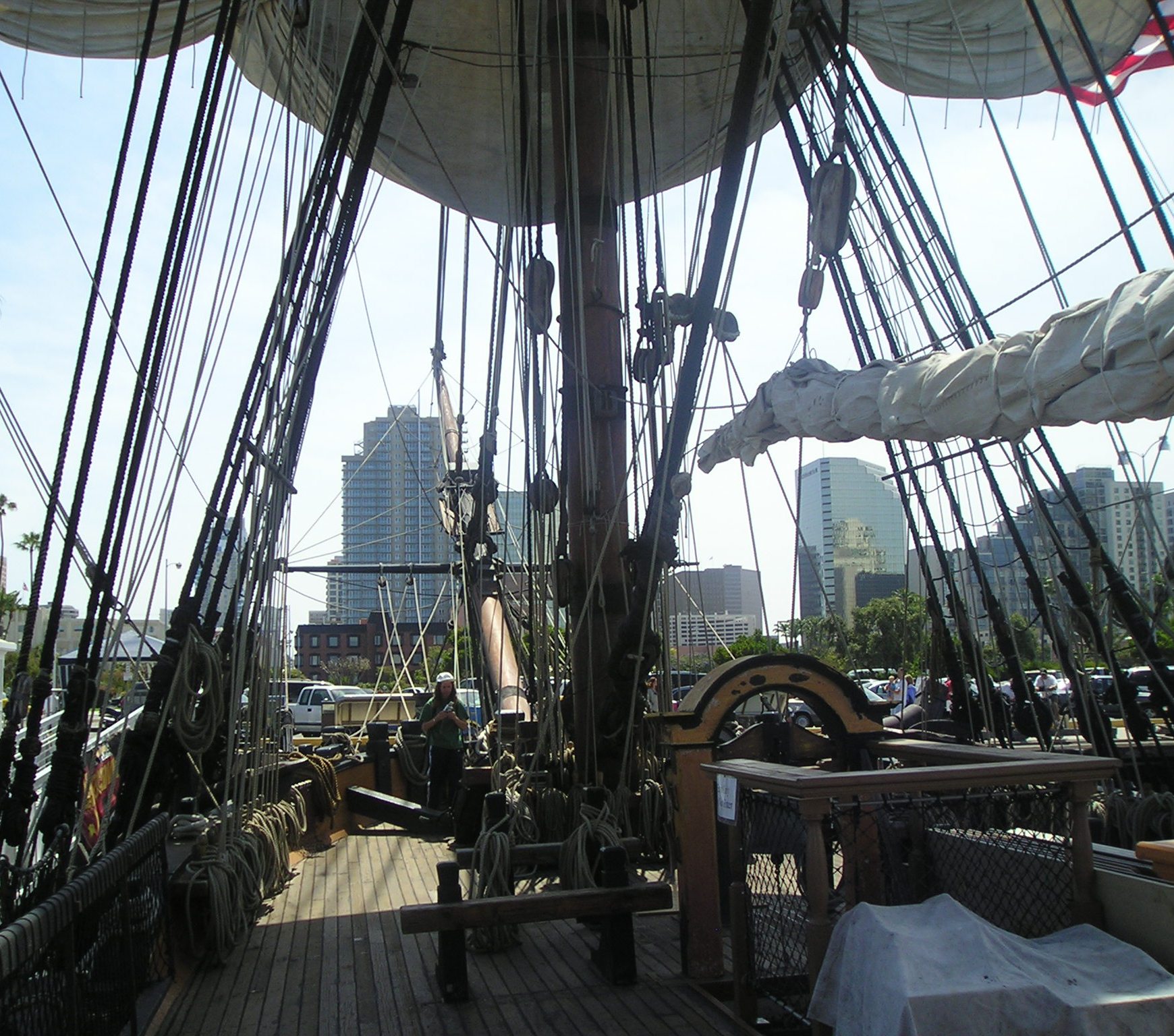
How do we roll forward those financial amounts we read of during the pirate era to provide some sort of context for what those amounts represent today?
One of the best way to do so is to compare wages or earnings today to a wages at a previous point in time. Other ways are to look at purchasing power. Another way is to look at values of specific items such as a cow or a basket of food.
I will try to construct some comparisons of salaries today to the pirate era. Follow along and you can watch me as I develop those comparisons.
Eric Jay Dolin in Black Flags, Blue Waters, provides one data point for salary earned by a merchant ship captain:
- £24 – annual salary of a merchant vessel captain.
The Chron website on 7/1/18 provided The Average Salary of American Merchant Ship Captains. Here are some data points provided for licensed ship captains in the United States:
- $70,920 – average (mean) annual income
- $35,640 – average income for lowest 10%
- $130,620 – average income of highest 10% (phrasing is odd but instead of referring to the top 90% I think the
Clementcomment means top 10%)
By type of operations the article provides the following averages:
- $80,530 – inland water captains
- $84,150 – deep-sea captains
- $54,010 – scenic / sightseeing
Let’s use that data to provide one point of reference for a relationship between salaries today and in the 1600 timeframe. We’ll use the mean of deep sea captains compared to the one parenthetical comment on salary of a merchant vessel Capt.
- $84,150 – average salary of deep sea captain in 2018
- £24 – annual salary of a merchant vessel captain.
- 3,506 – ratio of merchant captain today compared to 1600
That would seem to be an extremely high ratio.
If it holds, the implication would be that the £1,000 distributed to each of the crewmembers in Thomas Tew’s fleet would be worth something in the range of $3,506,000 today.
I have not yet made other calculations to roll forward data points but expect we will see things in that range. Please stay tuned.